Samho Bokjip (삼호복집)
11.2Km 2020-01-07
10, Yonsei-ro 5da-gil, Seodaemun-gu, Seoul
+82-2-337-9019
Opened in 1976, Samho Bokjip specializes in food that uses puffer fish as the main ingredient. The restaurant uses fresh vegetables and savory broth to bring out the best flavors of a puffer fish.
Hyanglim (향림)
11.2Km 2021-06-03
127, Hangeulbiseok-ro, Nowon-gu, Seoul
+82-2-976-8800
Hyanglim serves traditional Chinese food using only the freshest seafood, vegetables, and high-grade meat. The cooking of its cuisine is done with true sincerity in order to please the customer's taste buds. The chef also uses all-natural MSG flavoring and small amounts of vegetable oil, making the food less greasy, catering to the tastes of Koreans and foreigners alike. Specialties that guests frequently order are the galbi in spicy sauce, seasoned prawns with vegetables, shark's fin, and crab dishes.
Gogi Changgo (고기창고)
11.2Km 2021-03-30
34-4, Yonsei-ro 7-gil, Seodaemun-gu, Seoul
+82-2-323-9090
A famous meat restaurant, with a history of 20 years in Shinchon. The best menu at this restaurant is grilled pork belly. This BBQ restaurant is located in Seodaemun-gu, Seoul.
Mercado de Pescados y Mariscos de Noryangjin (노량진수산물도매시장)
11.3Km 2024-01-25
Nodeul-ro 674, Dongjak-gu, Seúl.
Este mercados es un importante nexo distribuidor de productos pesquero en la ciudad de Seúl, inaugurado en 1927. Además, es el mercado mayorista más grande de Corea. Desde antes de entrar al recinto podrá sentir el fuerte olor del mar y el pescado. Se quedará impresionado por la escena dinámica de los comerciantes y compradores. Durante los 365 días del año podrá encontrar almejas, cangrejos, calamares, pulpos y otros mariscos y pescados frescos a un precio muy asequible. Además de comprar y llevárselo a casa, también podrá degustar los pescados crudos rebanados en el mismo mercado. Lo único que deberá hacer es comprar el pescado, llevarlo a algún restaurante.
Yabai (야바이)
11.3Km 2021-03-26
37, Yonsei-ro 7an-gil, Seodaemun-gu, Seoul
+82-70-8875-1024
This is a place where you can enjoy Japanese dishes and fusion dishes. This Japanese (cuisine) restaurant is located in Seodaemun-gu, Seoul. The representative menu is okonomiyaki.
Templo Hwagyesa en Seúl (화계사(서울))
11.3Km 2021-11-29
Hwagyesa-gil 117, Gangbuk-gu, Seúl.
El templo Hwagyesa, bajo la orden Chogye del budismo coreano, se ubica en los pies del monte Samgaksan en Suyu-dong, Gangbuk-gu, Seúl. Aunque se localiza en la capital, el encantador paisaje de su alrededor crea un escenario que permite escaparse de la vida urbana. Construido en el año 1522 (el 17º año del reinado del rey Jungjong de la dinastía Joseon) por el monje Shinwol, fue destruido por un incendio el 1618. En 1866 (el 3º año del reinado del rey Gojong), se reconstruyó con soporte financiero de la corte real. El templo fue construido con un estilo arquitectónico antiguo, junto con Daeungjeon, el santuario principal (Bien Cultural Tangible), el santuario Myeongbujeon, el pabellón Samseonggak, el santuario Cheonbulobaekseongjeon, el pabellón de la campana del templo, la torre Bohwaru y la torre Hakseoru. Un pequeño manantial, llamado Oktakcheon, localizado en el valle (Hwagyeogol) más allá del templo Hwagyesa, es famoso por los poderes curativos sobrenaturales de enfermedades de la piel y el estómago. Una leyenda dice que el manantial fue formado con los picotazos de los cuervos en las rocas.
Parque Yeouido del Río Hangang (여의도한강공원)
11.3Km 2024-03-12
Yeouidong-ro 330, Yeongdeungpo-gu, Seúl.
El Parque Yeouido del Río Hangang está situado en Yeouido, el corazón de la política, las finanzas y el periodismo de Corea. Por su fácil acceso, se ha convertido en un lugar de descanso y relajamiento muy elegido por los ciudadanos. Sus alrededores también albergan muchos eventos y festivales que proporcionan entretenimiento y diversión a los visitantes. En primavera la gente puede divertirse en el Festival de las Flores de Cerezo y en el otoño en el Festival Internacional de los Fuegos Artificiales y en la Competencia de Maratón. El parque cuenta con distintas instalaciones como Jardines ecológicos, Zonas de Aprendizaje de la Naturaleza, Escenario Acuático, Fontanas Flotantes, Cascadas Luminosas, Senderos Acuáticos del Piano, Festilandia, etc.
Festival Internacional de Fuegos Artificiales de Seúl con Hanwha (한화와 함께하는 서울세계불꽃축제)
11.3Km 2024-09-03
Yeouidong-ro 330, Yeongdeungpo-gu, Seúl
02-519-9778
En otoño de cada año se celebra el Festival Internacional de Fuegos Artificiales, un evento internacional que tiñe con múltiples colores el cielo negro nocturno del Parque del Río Hangang. El evento cuenta con la participación de diversos equipos de los fuegos artificiales, no solo de Corea sino también de distintos países del mundo.
Consejos:
* El lugar ideal para ver el show es la zona que se encuentra a 300 metros aproximadamente del escenario.
* El patio del Edificio 63 es el sitio perfecto para ver el espectáculo, pero suele estar repleto de gente. Se recomienda la torre de estacionamiento de Noryangjin, que permite ver claramente los fuegos artificiales.
* El lado opuesto del río también es una zona recomendada.
Piscina de Yeouido del Parque del Río Hangang (한강시민공원 여의도수영장)
11.3Km 2022-07-25
Yeouidong-ro 330, Yeongdeungpo-gu, Seúl
+82-2-785-0478
La piscina al aire libre en Yeouido también es conocida con el nombre de Supia, que es un parque temático de todo el año en el río Hangang. El nombre "Supia" combina "Arisu" (el nombre anterior del río Hangang) y Utopía.
Parque del Color de Seúl (서울색공원)
11.3Km 2021-06-14
Yeouidodong-ro 330, Yeongdeungpo-gu, Seúl
El Parque del Color de Seúl, cuya superficie es de 9.000 metros cuadrados, está situado entre los pilares del puente Mapodaegyo y la ribera del río Hangang. Es un ejemplo de la aplicación de colores de Seúl, desarrollados con la idea de mejorar el tono de la ciudad y formar una propia imagen urbana. En este parque se encuentran una obra que simboliza las olas del río Hangang y el diseño gráfico de códigos de barra con 10 colores representativos de Seúl. Se colorearon instalaciones públicas con tonos grises de las tejas y los muros de piedra, con color del dancheong (pintura con patrones tradicionales sobre madera), con amarillo claro, con verde como el monte Namsan, etc. El Museo de Arte de Seúl y Museo de la Historia de Seúl también albergan construcciones y obras que emplean los colores de Seúl. El Parque del Color de Seúl se encuentra a 10 minutos caminando desde la Estación de Yeouinaru, de la línea 5 de metro.
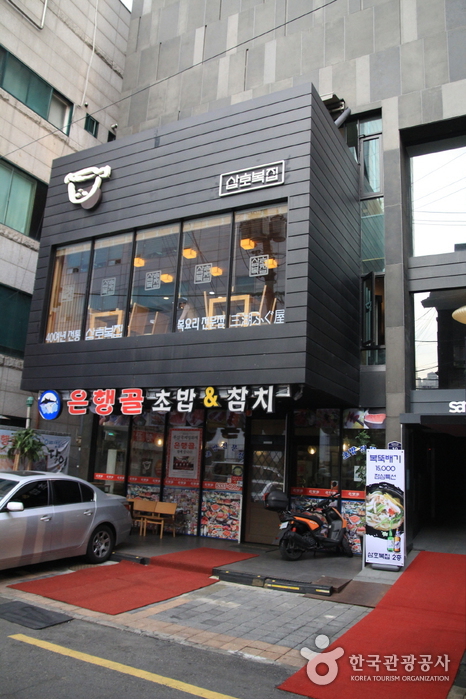
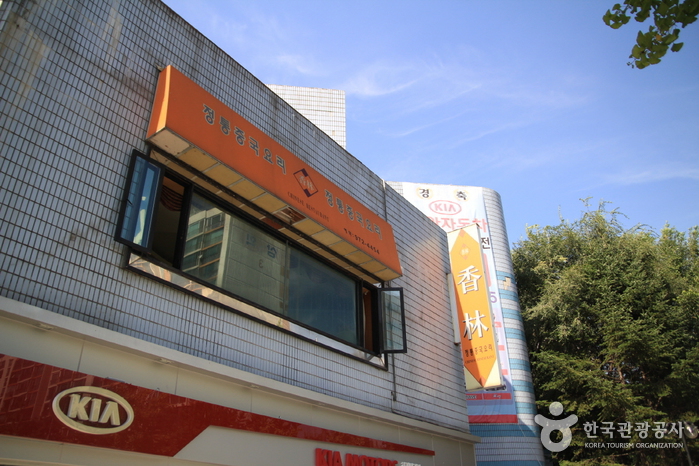

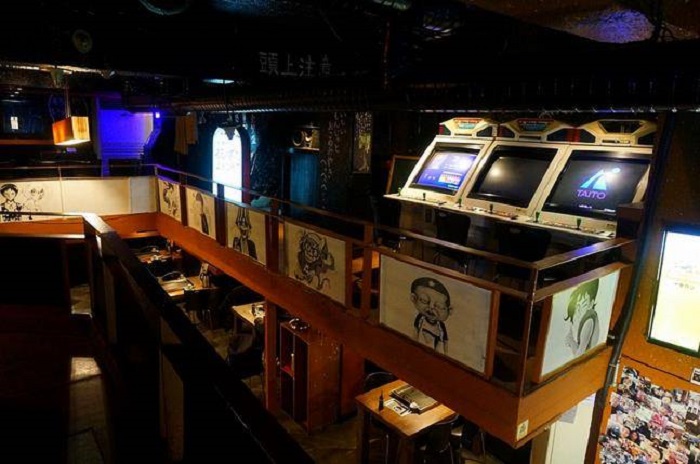
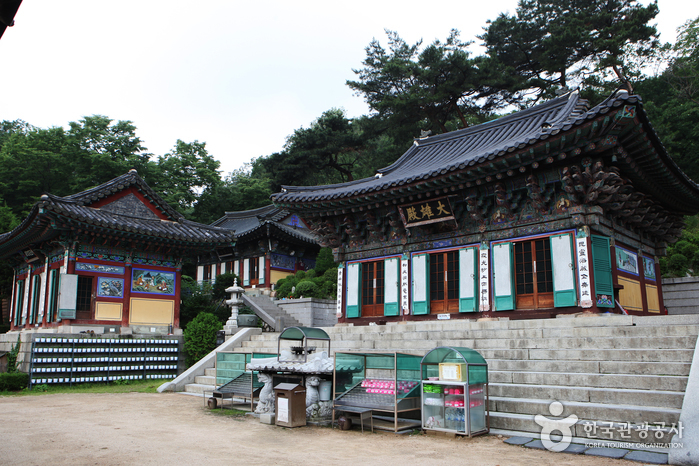
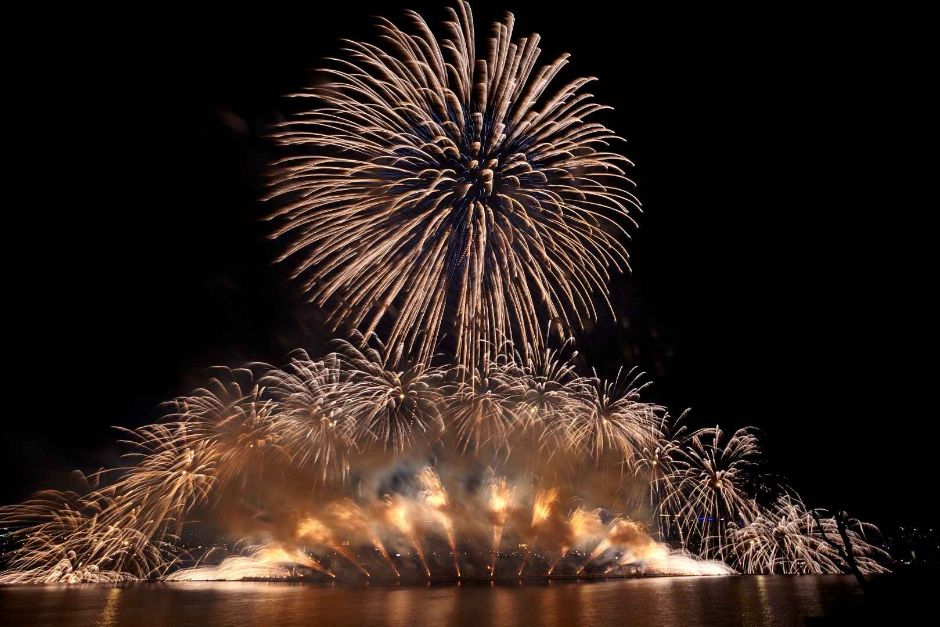
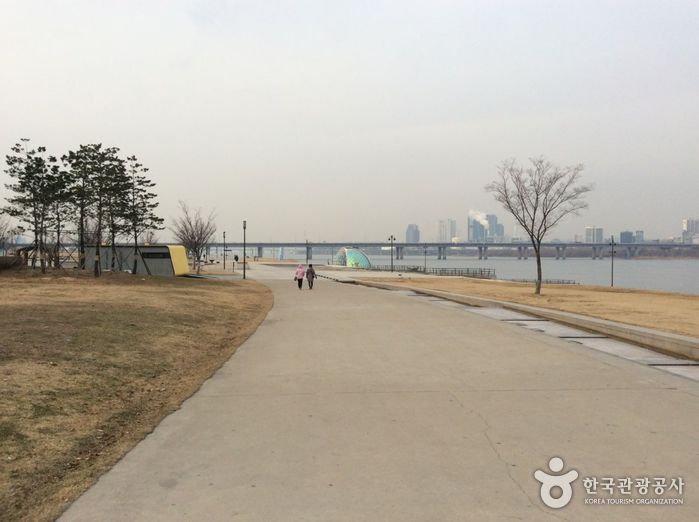
 Español
Español
 한국어
한국어 English
English 日本語
日本語 中文(简体)
中文(简体) Deutsch
Deutsch Français
Français Русский
Русский